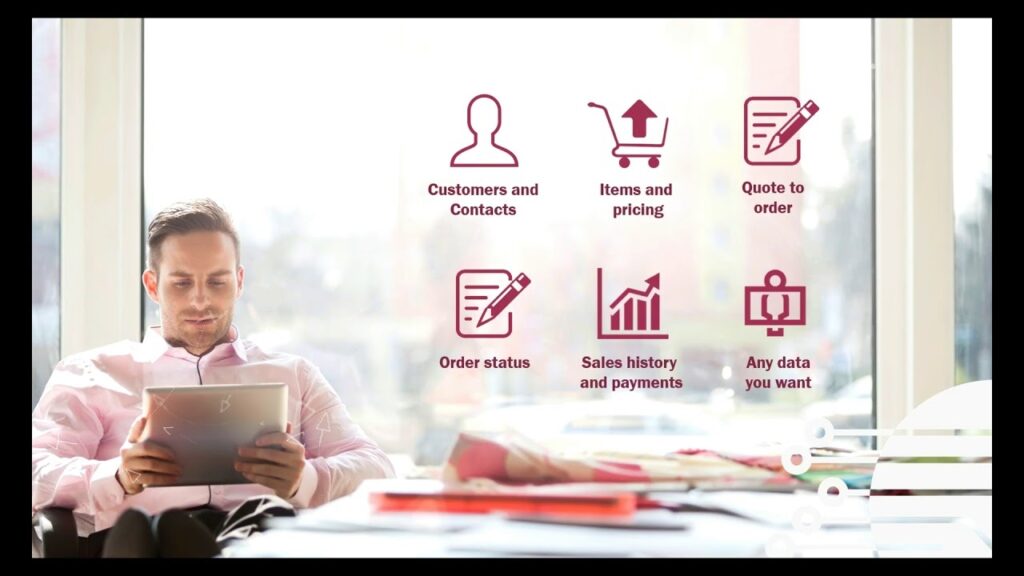Microsoft Dynamics NAV is what’s known as an enterprise resource planning (ERP) solution that organizations all over the planet rely on to manage operations and assets. Even beyond that, these organizations can control their operations, stocks, sales, accounting, and purchases. They can even automate and connect these functions for finance and reporting, making Microsoft Dynamics NAV an incredibly powerful tool with applications across industries. At this point, Microsoft Dynamics NAV is legacy to Microsoft Dynamics 365, but some third-parties offer Salesforce integration with legacy systems.
Salesforce integration with legacy systems spells an increase in the flexibility and productivity of your company as you serve clients, sell products, and conduct business. Simply put, Salesforce integration with Microsoft Dynamics NAV boosts the benefits you already have by using the ERP system. And, it adds even more. With integration through a third party, you can reduce redundancies and siloed systems to improve your output and cut costs.
With these definitions of Microsoft Dynamics NAV and Salesforce integration with it, let’s turn to the reasons that some organizations choose third-party providers to integrate their systems. This should further demonstrate how Microsoft Dynamics NAV and Salesforce integration could impact your business consequentially, showing its purpose and function at any organization.
The Purpose and Functions of Microsoft Dynamics NAV and Salesforce Automation Through Integration
Integration of Salesforce and Microsoft Dynamics NAV increases the efficiency of many facets of your organization, impacting everything from decision making to data security. Here we list a few of the ways that Dynamics NAV and Salesforce integration can be defined by looking at their effects on your business as a whole.
Integration enhances decision making.
Data availability and accessibility are central to making the soundest, most evidence-based decisions that will power growth for your organization. Integration enhances that availability and accessibility to the point that you have centralized reserves of data to draw upon, knowing they are fully synchronized, complete, and up-to-date internally.
Imagine making decisions for your company without needing to unlock all the doors, accounts, databases, and records in order to collect the data you need. Make decisions more effectively and simply by building an integrated ecosystem between Dynamics NAV and Salesforce.
Integration saves time and money.
By reducing inefficiencies and redundancies in entering duplicate data and other manual tasks that suck resources, integration between Dynamics NAV and Salesforce saves time, boosting savings. Through the automation and reporting possible with third-party integrations, organizations can decrease the cost of labor, training, time to completion, and time spent on in-house solutions taxing internal IT teams.
When you free yourself and your teams from inessential work managing and merging data, you save resources and effort as well. Instead of wasting time and energy on tasks that take hours to complete with no real payoff compared to an automated integration, think about the enjoyment of seamless data duplication, transfer, and safekeeping.
Integration can spare customer information.
Threats and breaches are always making the news as loads of customers have their data stolen by attackers. Many businesses spend considerable time and resources to protect themselves and their clients from the dangers of cyberattacks. Fortunately, third-party data integration from providers like Rapidi protects data with the highest standards in data protection protocol.

Integration improves management effectiveness.
When integrating Microsoft Dynamics NAV and Salesforce, businesses put an end to shuffling through mixed, isolated records and entering data unnecessarily, speeding decisions, saving money, and improving performance. In addition to this, you’ll definitely notice that the management of your team and processes becomes somewhat transformed when you gain one source of truth. This improves your ability to manage because it liberates collaboration across teams and simplifies the process of accessing all the right information at the right time.
When you realize the functions and purpose of Microsoft Dynamics NAV and Salesforce integration with such legacy systems, you face a decision of whether or not now is the time to integrate your systems and gain all these strategic advantages. You could choose to try your in-house team’s skill at quickly developing a bug-free, custom solution, but it’s more likely that a third-party provider will more readily satisfy.
Using pre-configured templates like RapidiOnline, you can actually achieve integration within hours in some cases with all the support you need to reach success. You can easily learn more about RapidiOnline and explore all the ways they can make your Dynamics NAV and Salesforce systems synergized with high performance.